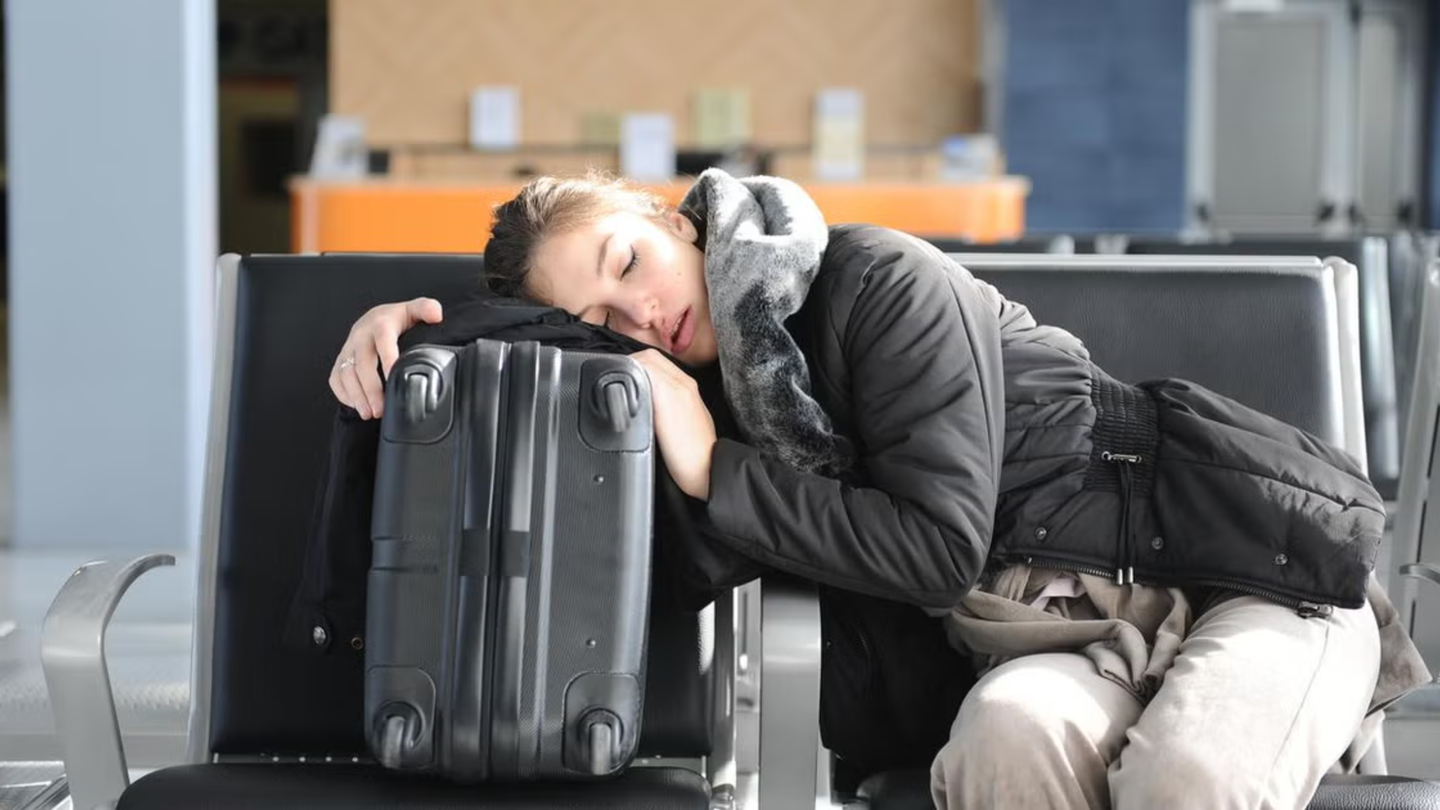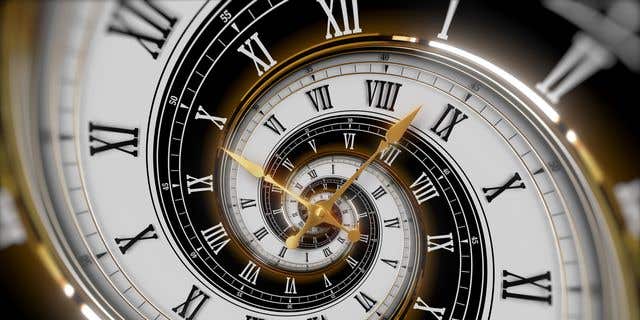The surprisingly simple trick to overcoming jet lag
Long-haul flights come with a familiar downside—jetlag, that exhausting disorientation that can take days to shake off.

The body’s circadian rhythm isn’t just one clock—it’s a network. (CREDIT: CC BY-SA 4.0)
For those who love to travel, few things match the thrill of arriving in a new city. The rush of adventure starts the moment you step off the plane. But long-haul flights come with a familiar downside—jetlag, that exhausting disorientation that can take days to shake off.
Now, research from the U.S. may have found a way to beat it. By adjusting meal times and soaking up sunlight, travelers could minimize jetlag’s effects. The key lies in how the body’s internal clocks respond to sudden shifts in time zones.
The Primary Cause of Jetlag
Jetlag happens when the body's circadian rhythm—its built-in 24-hour cycle—falls out of sync. Tied to Earth’s rotation, this rhythm controls sleep, digestion, and energy levels. Crossing multiple time zones throws it into chaos, leading to fatigue, insomnia, sudden hunger pangs, and even splitting headaches.
Looking for a fix, researchers from Northwestern University and the Santa Fe Institute explored how eating habits affect the body's internal timing. Their findings suggest that carefully timed meals could help realign the body clock more quickly.
"Having a larger meal in the early morning of the new time zone can help overcome jetlag," explained Yitong Huang, the study’s lead author. She stressed the importance of consistency, adding, "Constantly shifting meal schedules or eating at night can cause misalignment between internal clocks."
The body’s circadian rhythm isn't just one clock—it’s a network. Every cell and tissue has its own timing mechanism, each potentially running slightly differently. At the center of it all is the suprachiasmatic nucleus (SCN), a cluster of around 20,000 nerve cells in the brain, directly connected to the eyes.
Sunlight helps keep the SCN in sync, but meal timing plays a crucial role too. By aligning eating habits with a new time zone, travelers may reset their internal clocks faster, reducing jetlag’s grip and getting back to enjoying the journey.
Related News
Sunlight, especially exposure in the morning, resets the brain's clock by affecting melatonin production – a hormone from the pineal gland central to sleep regulation. Daylight suppresses melatonin, keeping us alert.
Simultaneously, peripheral organs, like the stomach and liver, have their distinct clocks, reset by our food intake patterns. When these multiple clocks fall out of synchrony, jetlag strikes.
"Conflicting external cues, such as nighttime eating, can confuse our internal clocks, leading to desynchrony," Huang pointed out.
To decipher the effects of multiple internal clocks on jetlag and aging's role, the researchers employed computer software. Their innovative model featured two 'oscillators', representing the sunlight and food-controlled clocks. This exploration shed light on the ideal intervention: consuming one large meal during the early morning for three days post-travel.
When discussing their findings with reporters, Huang revealed, "Among the meal schedules tested, the morning-focused approach excelled in facilitating jetlag recovery."
Yet, age remains a key factor. With growing age, the interplay between circadian clocks weakens alongside diminished light sensitivity. Consequently, older individuals might require extended recovery post-travel.
This study has set the stage for further investigations, with the team eager to unravel factors strengthening our internal clocks. These insights might pave the way for jetlag prevention and maintain a robust circadian system as we age.
However, the interrelation between the body's multiple clocks remains a puzzle. Labeling the brain as the 'central clock', the researchers highlighted its role in coordinating other clocks. Their findings, published in Chaos, emphasized the need for a mathematical framework encompassing both the central and peripheral clocks to deepen our circadian rhythm understanding.
Jetlag Combat Tips: Sunlight, Superfoods, and More
Take A Walk: A 2019 airline study revealed that a post-flight outdoor walk trumps napping for jetlag. Dr. Yu Sun Bin, a sleep researcher from the University of Sydney, noted the importance of sunlight in adjusting body clocks. Alarmingly, less than half the travelers surveyed prioritized it.
Limit Alcohol Intake: Alcohol may initially induce sleep, but it also disrupts its quality, exacerbating jetlag. Dr. Sun Bin and the NHS both caution against excessive in-flight alcohol consumption.
Consume Superfoods: From lemons combating dehydration to bananas offering muscle relaxation, superfoods can be jetlag warriors. Cherries, goji berries, and fresh ginger, all rich in melatonin, can aid sleep regulation. Digestive issues? Quinoa might be the solution.
Melatonin - A Cure? Marketed as a jetlag remedy, melatonin tablets have gained popularity. The Mayo Clinic validates melatonin's role in aiding sleep during atypical hours. Yet, the NHS remains skeptical, citing insufficient evidence of its efficacy.
To counter jetlag, the NHS recommends hydration, in-flight activity, and aligning sleep patterns to the destination's time zone swiftly. Upon arrival, avoiding oversleep and embracing daylight are crucial.
For those itching to explore the world, these findings offer hope, making the next adventure just a little bit smoother.
Note: Materials provided above by the The Brighter Side of News. Content may be edited for style and length.
Like these kind of feel good stories? Get the Brighter Side of News' newsletter.
Joseph Shavit
Head Science News Writer | Communicating Innovation & Discovery
Based in Los Angeles, Joseph Shavit is an accomplished science journalist, head science news writer and co-founder at The Brighter Side of News, where he translates cutting-edge discoveries into compelling stories for a broad audience. With a strong background spanning science, business, product management, media leadership, and entrepreneurship, Joseph brings a unique perspective to science communication. His expertise allows him to uncover the intersection of technological advancements and market potential, shedding light on how groundbreaking research evolves into transformative products and industries.



